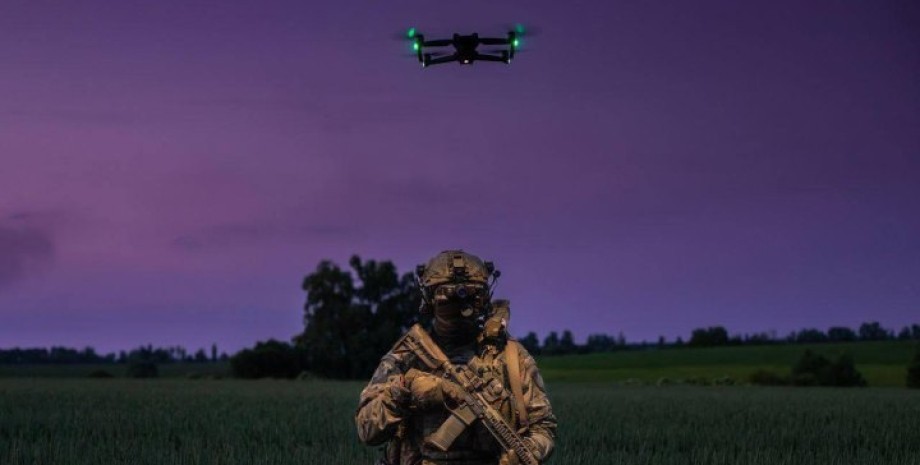
This is the fifth confirmed "murder", arranged on the front line in six weeks. He receives a warning of enemy UAV before its destruction is only 10 minutes. During this time, the defenders have time to launch their own drone, find the goal, pursue it and hunt it. In just two months, the special unit destroyed more than 50 Russian reconnaissance drones, working as small upgraded Kamikadze drone in close interaction with radar stations.
Other newly formed units throughout the Eastern Front have been adopted. By June, hostile reconnaissance UAVs prevailed in the sky over Ukrainian positions. Flying up to five kilometers, they were invulnerable to ground fire. However, it was irrational to hit the drone by expensive air defense missiles. Russia used reconnaissance drones in collaboration with rocket and artillery units.
The occupiers could identify the target and destroy it within 15-120 minutes at a distance of 300 kilometers from the front line. According to the media, in March, the Russian drone found two launchers that belonged to the Patriot battery. They were installed on trucks and transported in a column near Pokrovsk. The Armed Forces of the Russian Federation was quickly launched on the Iskanders column, causing direct hit rockets. Both Patriot launchers have been destroyed.
The publication added that from that moment the reconnaissance helped Russia with at least two missile punches on Patriot batteries. On June 24, reconnaissance UAVs suddenly began to lose the advantage. Ukrainian Marines in the Kherson direction were experimented with a small FPV-zero at a maximum height. The operator managed to hide the enemy Zala, fixed by the radar station. This was the first case of such "murder". Soon the ingenuity of the Marines attracted the attention of the higher command.
Military working with radar stations ordered closer to coordinate work with drone operators. As a result, in the last eight weeks, Kherson was sometimes destroyed by four scouts a day. The Marine infantry with a call sign "pear" thus hugged 16 UAVs. "In the early days of this summer, when we first worked on how to use FPV at great altitude, the Russians could not understand how they suddenly lose so many drones," Jesus told him.
Ukrainian brigades throughout the front line capture a fourfold increase in the destruction of reconnaissance drones and reduce their flight time over positions. In addition, Volunteer Taras Chmut explained that the cost of tracking drones can be approximately $ 600, at the same time one ZAla costs Russia of about $ 40,000. That is, an economically new approach is also justified. The Armed Forces of the Russian Federation quickly adapted to a new threat, starting to change tactics.
Operators increased the height and speed of flight, as well as UAVs began to fly more often at night. By the summer, hostile drones were mostly monotono-gray, but now they were camped. In addition, sometimes the enemy decorates the wings with signs, trying to give them for Ukrainian. The drones began to be installed on the drones so that the pursuit of Ukrainian drones would not go unnoticed. Ukrainian operators are now flying above and on drones equipped with thermal imaging optics.










All rights reserved IN-Ukraine.info - 2022